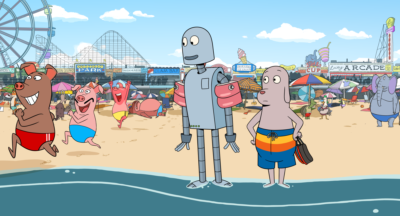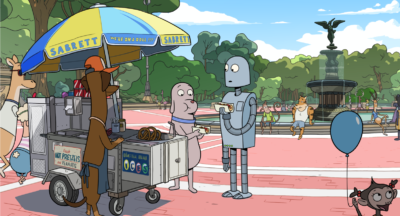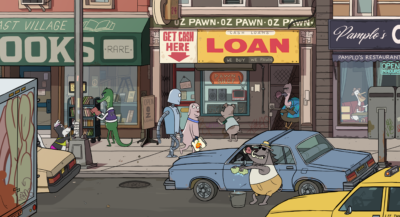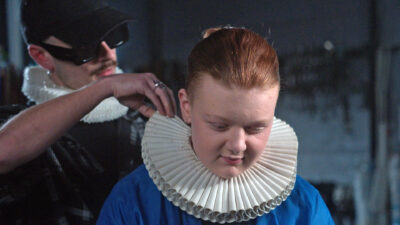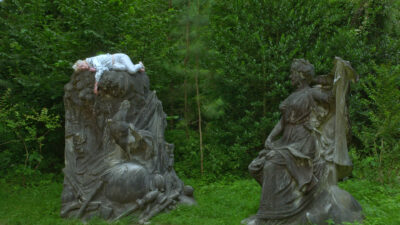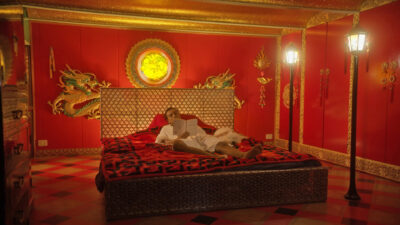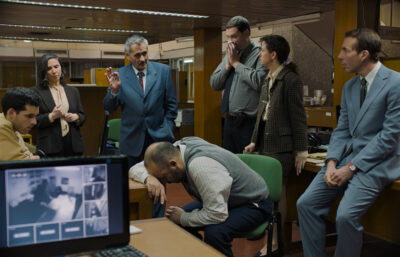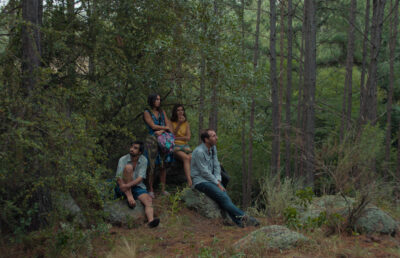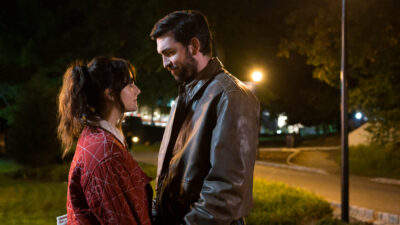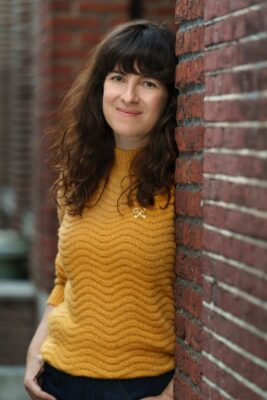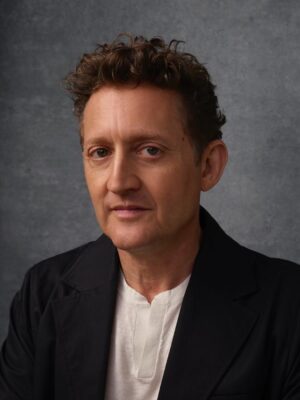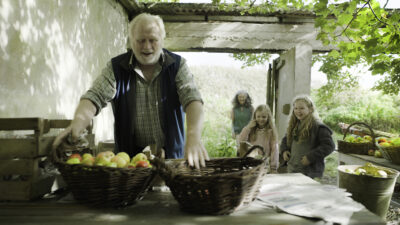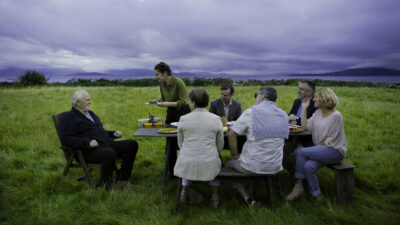Uberto Pasolini’s new film Nowhere Special stars the gifted English actor James Norton as a single father who dedicates the last few months of his life to finding a new family for his four-year-old son. It’s based on a true story. We open Nowhere Special April 26 at the Royal and May 3 at our Claremont, Glendale and Encino theaters. Pasolini wrote the following about how he, his cast and crew were able to create this brilliant, understated movie:
“I wanted to make this film as soon as I read about the case of a terminally ill father attempting to find a new family for his toddler son before his death. Although the situation the main characters find themselves in is very dramatic, the decision at script level was to approach the story in a very subtle, “quiet” way, as far away from melodrama and sentimentalism as possible, as in a film by Yasujirō Ozu, or, more recently, the work of Jean-Pierre and Luc Dardenne. This approach was reflected in the style of the filmmaking we adopted, direct and free from distracting stylistic flourishes. Marius Panduru’s camera work was designed to be both fluid and unobtrusive, when appropriate even reflecting the child’s point of view. The main directorial challenge of the film was that of working with a very young child, and of creating a believable and moving father-son relationship on camera. Fortunately, in young Daniel Lamont, then four years old, we have an extraordinarily aware and sensitive natural performer, and in James Norton a most generous actor, who was happy to dedicate long days into creating a connection with the boy well ahead of the shoot, and to support and guide Daniel throughout what for any child would have been an intense and at times bewildering experience.”
“In spite of myself I invested totally in Norton’s spine-tingling, intimate performance; and, in spite of myself, the end had me in floods of tears.” ~ Cath Clarke, Guardian
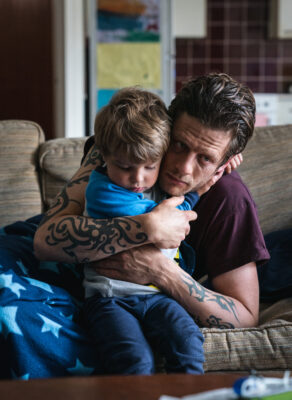

![Tickets: http://laemmle.com/film/suburbia | Subscribe: http://bit.ly/3b8JTym | When household tensions and a sense of worthlessness overcome Evan, he finds solace with the orphans of a throw-away society. The runaways hold on to each other like a family until a tragedy tears them apart.
Tickets: http://laemmle.com/film/suburbia
RELEASE DATE: 7/24/2024
Director: Penelope Spheeris
Cast: Bill Coyne, Chris Pedersen, Jennifer Clay, Timothy Eric O'Brien, Wade Walston, Mike B. The Flea
-----
ABOUT LAEMMLE: Since 1938, Laemmle [Theatres] has been showing the finest independent, arthouse, and international films.
Subscribe to Laemmle's E-NEWSLETTER: http://bit.ly/3y1YSTM
Visit Laemmle.com: http://laemmle.com
Like LAEMMLE on FACEBOOK: http://bit.ly/3Qspq7Z
Follow LAEMMLE on TWITTER: http://bit.ly/3O6adYv
Follow LAEMMLE on INSTAGRAM: http://bit.ly/3y2j1cp](https://90bb70.p3cdn2.secureserver.net/wp-content/plugins/feeds-for-youtube/img/placeholder.png)
